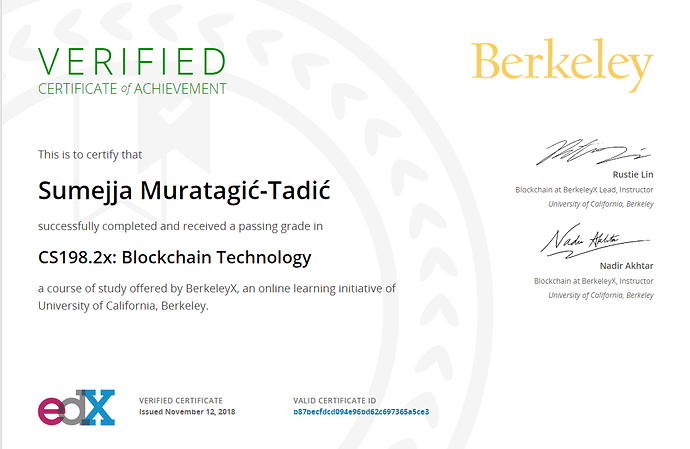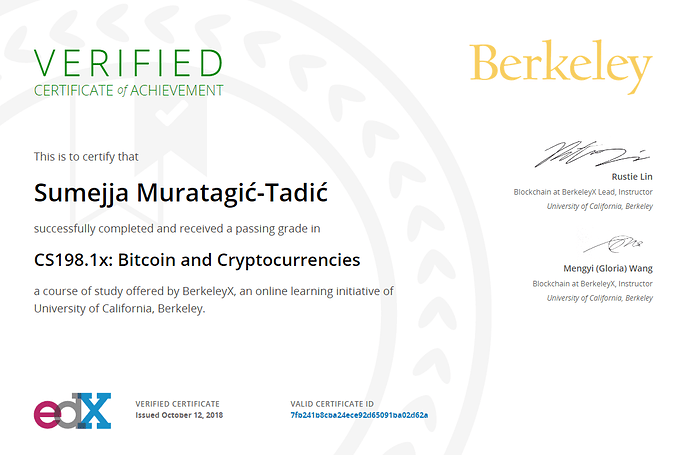I am prepared for GRE, and I choose one topic from GRE Arguments topic, hope someone could give me some feedback about the points I made and if there is anything I could work on to improve my GRE arguments essay. Many thanks!
The topic I choose is:
32) The following appeared in a memo from a vice president of Quiot Manufacturing.
During the past year, Quiot Manufacturing had 30 percent more on-the-job accidents than at the nearby Panoply Industries plant, where the work shifts are one hour shorter than ours. Experts say that significant contributing factors in many on-the-job accidents are fatigue and sleep deprivation among workers. Therefore, to reduce the number of on-the-job accidents at Quiot and thereby increase productivity, we should shorten each of our three work shifts by one hour so that employees will get adequate amounts of sleep.
Write a response in which you examine the stated and/or unstated assumptions of the argument. Be sure to explain how the argument depends on these assumptions and what the implications are for the argument if the assumptions prove unwarranted.
My essay is:
The argument is well-presented, but not thoroughly well-supported. By providing the evidence, the Panoply Industries plant has one hour shorter work shift and 30 percent fewer job accidents than Quiot Manufacturing, thus work shift correlated with increased job accidents seems logical. However, the experts are failing to consider other alternative evidence that will weaken the conclusion.
First, figure 30 percent more accidents in Quiot does not necessarily indicate that the number of people who got hurt is indeed larger than those in Panoply. Whether the scale of employees is the same need to be proved. To be more specific, perhaps 50 employees have accidents in Quiot of a total of 100 employees, and 2 Panoply’s got injured but of only 10 people in total. In short, without being certain of the scales of two factories, it is incorrect to assume more people got accidents in Quiot.
Secondly, even if Quiot truly got more accidents than Panoply, we make no proof that the accidents are attributed to insufficient rest. The memo contains no evidence to support that an hour shift is the factor of job accidents. Lacking such evidence, it is possible to assume that there are other reasons for people to get hurt. There are probably more physical works required for Quiot’s employees to do than Panoply’s which hire high-tech robots to complete. Also, employees in Quiot may have less training than that in Panoply and accidents are thus a result of reckless and inadequate training.
Finally, the conclusion relies on a doubtful assumption that employees could have enough rests if a one-hour work shift is cut off. Without identifying the time management employees take advantage of, it is wrong to be certain of the benefits an extra one hour can give. On the contrary, an extra hour could lead to more accidents. For example, the employees might find nothing to do with that extra one hour and thus head to the bar nearby with colleagues. Instead of taking more rest, having beers all night or throwing the party could become their new pastime for an extra hour, and to some extent accidentally lead to more job accidents because of liquid toxic.
Examine all the various angles and factors involves, the argument does not justify ruling out that cutting off work shift could do good to the company. While the evidence does highlight a possibility, more information is required to warrant the assumption.



